Homesteading 101: Winter in the Garden
Spending winter in the garden might not seem like a homestead chore you need to cross off your list. After all, in some parts of the country, it’s cold and snowy, which aren’t exactly prime conditions for planting. However, it’s a necessary part of preparing your garden for the spring planting season.
Depending on where you live, you might even be able to continue growing certain crops during the winter season if the weather cooperates. Our homestead is in New Mexico, so we can still harvest some cool-season crops like arugula, cabbage, lettuce, and spinach.
Even when the days are shorter and the weather is colder, there is plenty to do to get your small-to-medium-sized garden ready for the spring.
In this blog we’ll share tips about:
- What do you do with your garden in the winter?
- What can you plant in your garden in the winter?
- How do you use a greenhouse to grow during the winter?
- What are the dos and don’ts of preparing a winter garden?
What do you do with your garden in the winter?
There’s plenty you can do with your garden in the winter. The growing season doesn’t end simply because the seasons have changed.
A growing season is defined as the time of year when crops and other plants grow and thrive. The length of the growing season depends on where you live. Some crops need up to 90 days to mature for harvesting.
If you don’t live in a climate that’s conducive to growing year-round, there are things you can do with your garden in the winter to get it ready for the next growing season.
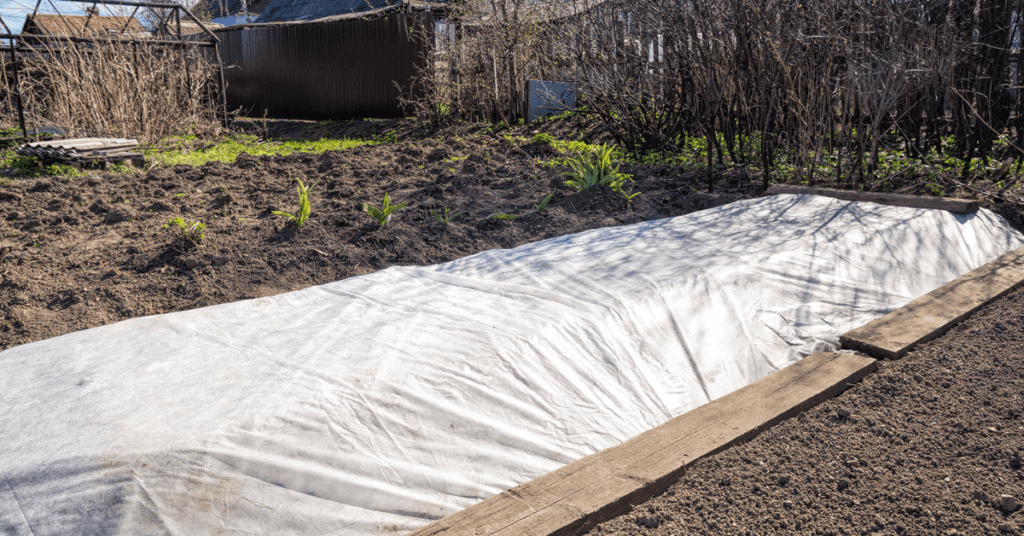
Cover up garden beds
When you can’t plant outdoors in the winter because of your climate, covering up the garden beds is a must to protect them. We recommend adding a couple of inches of compost to the top of your garden beds before covering them. Ideally, you want to do this before the ground freezes.
After you spread the compost, top it off with a light layer of mulch or straw. It’ll help prevent nutrient leaching, soil erosion, and weed growth.
Another option is to cover your garden beds with black plastic. Leave it in place until winter is over and you’re ready to start planting again in the spring.
Protect berry patches and fruit trees
Homesteads that have berry patches or fruit trees should perform some routine maintenance to protect them for the winter and prepare them for the next growing season.
Blackberry, blueberry, and raspberry bushes do best when you mound up some soil around their bases for added protection. This is especially important if you live in a colder climate.
Cover any small or young trees on homesteads where snow is a regular part of the winter season. You can build a wooden structure or wrap burlap around them and secure it tightly at the top, middle, and bottom of the tree. This keeps the snow from becoming too heavy on branches and breaking them.
For immature fruit trees, you can wrap their lower trunks with pest-proof tree wrap to keep mice and other pests from gnawing at the bark.
Never prune your trees right before the winter. Doing so can trigger growth in the tree, which is not suitable for colder winter months, and it may cause the tree to die.
Turn off watering systems
Again, this is a tip for those who live where the weather gets cold enough to freeze the ground. The last thing you want is for irrigation lines or hoses to freeze and crack. Use an air compressor to remove any remaining water in the lines. If left inside, it can freeze and expand, damaging lines from the inside out.
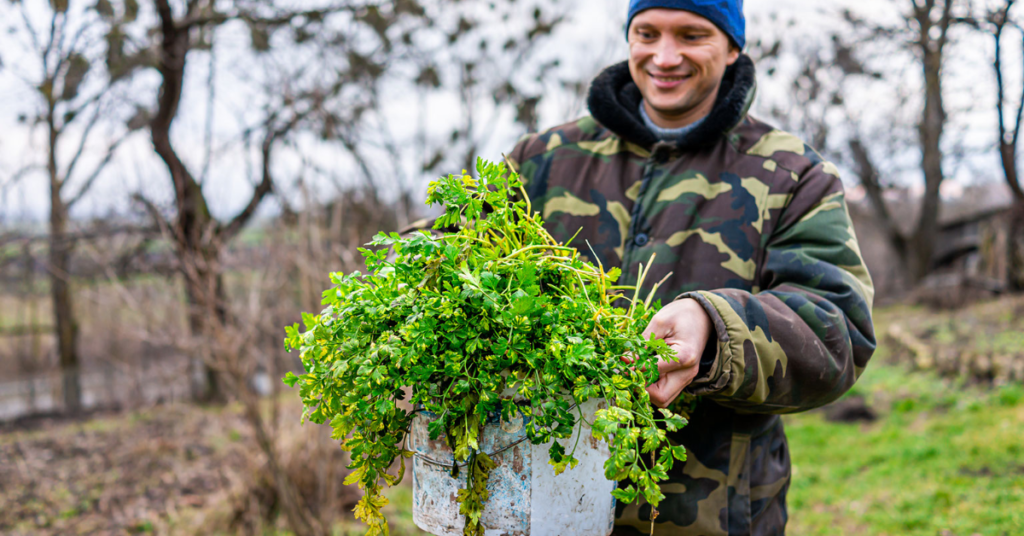
What can you plant in your garden in the winter?
Deciding what you can plant in your garden in the winter requires following one rule of thumb: know your climate. Where your homestead is located plays a major role in the kind of crops you can harvest.
Cold-weather champions can include collard greens, kale, and spinach. Radishes and turnips are hardy root crops that thrive in the cooler winter months. However, it can be difficult to plant them when the soil is frozen. You’ll have to stick to planting in raised garden beds or using a greenhouse (we’ll talk about that more later).
If you’re fortunate enough to have a homestead in a milder winter climate, the winter planting window is open. Some of the seeds for winter vegetable crops you can sow include:
- Broccoli
- Brussels sprouts
- Carrots
- Cauliflower
- English peas
- Onions
Some herb transplants also can be prepped in the winter. They include lavender, oregano, rosemary, and thyme.
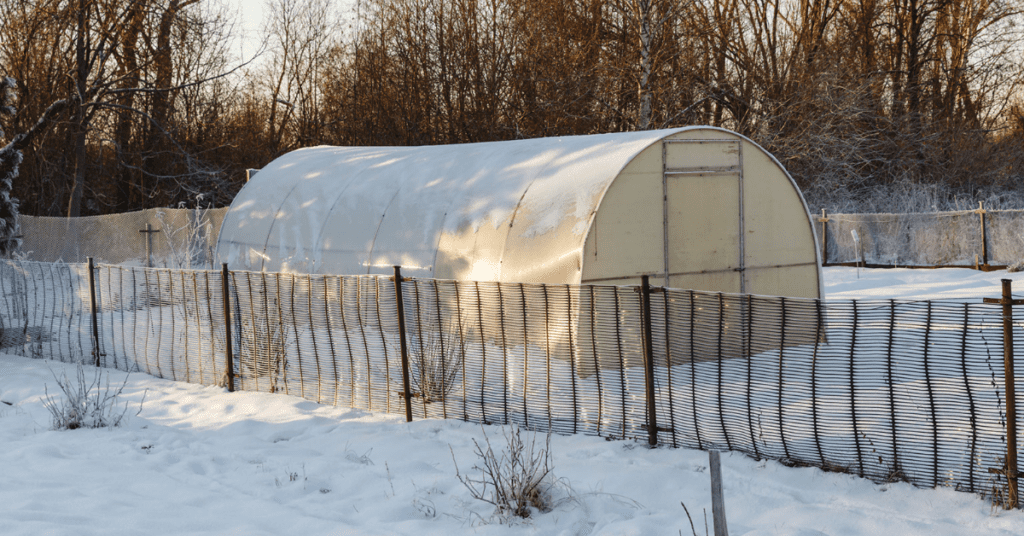
How do you use a greenhouse to grow during the winter?
If you’re not fortunate enough to live in a climate where you can grow and harvest crops year-round because of colder temperatures, you have options. Using a greenhouse to grow during the winter months is one of them.
Spending winter in your garden can feel a lot more inviting when you’re using a warm greenhouse that protects plants – and you – from the colder outdoor temperatures. Before you can start growing, you must choose a greenhouse that suits your climate and your winter gardening needs.
Traditional greenhouses vs. cold frame greenhouses
Cold frames and traditional greenhouses do the same thing. They provide shelter to plants and seedlings during colder winter months. You can achieve more effective growth with a greenhouse because it captures the warmth, diffuses light, and regulates temperatures, creating the perfect environment for happy, healthy plants.
The main difference between a cold-frame greenhouse and a more traditional greenhouse is the size. Cold-frame greenhouses are shorter and smaller. The shape of the cold frames and traditional greenhouses also differs. Cold frames are boxes with transparent tops. Greenhouses tend to be much larger and come in a variety of shapes. The size you choose depends on your overall homestead space.
Another difference between them is that traditional greenhouses can be used to extend the growing season well into the winter for a significant number of plants and herbs.
What are the dos and don’ts of preparing a winter garden?
Preparing a winter garden isn’t difficult when you take the right approach. Educating yourself on the best methods for spending winter in the garden in your neck of the woods ensures a smoother process. Consult ag extension offices if you have one nearby. Consider taking a master class in gardening. Talk with other homesteaders who have successfully spent winters in the garden to get tips and tricks.
Here are some other dos and don’ts for spending winter in the garden.
Create a garden plan
One of the most fun parts of growing a garden is creating a plan for the next growing season. Decide what plants and herbs you want to grow. Then, create a basic layout of how to arrange your crops. If you’re using a combination of raised beds and in-ground gardens, decide which plants should go in each. Some plants do better in raised beds, so they should be given preference if you’re using both methods.
If you’re new to gardening on your homestead, you can put plants anywhere. However, you’ll need to consider plant rotation if you’ve used your garden before.
Perform general maintenance
Performing general maintenance on your garden gives added protection. Some of the things you should consider doing – especially if you live in a colder climate – include:
- Cover compost piles with plastic or thick layers of straw to protect against the snow.
- Drain the fuel tanks on lawnmowers and other power equipment for gardening.
- Empty all outdoor containers to prevent cracking.
Purchase seeds and supplies
Once you have your gardening plan established for the start of the next growing season, the next step is to buy any seeds and supplies you need for planting. You can get what you need from local greenhouses and farm and garden centers. Another option is to order your seeds online.
No matter how you choose to buy them, do the bulk of your seed shopping by mid-January at the latest. Shopping early ensures you can get your hands on what you need for the next growing season.
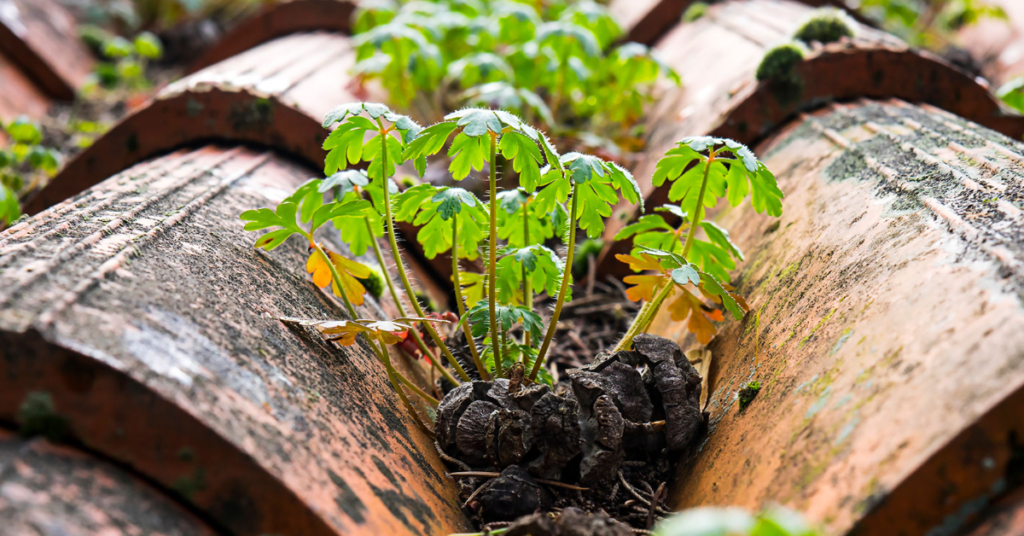
Start seeds (indoors and outdoors)
Have trouble waiting to get started? No problem! You can start most seeds indoors if you live in a colder climate. Knowing these tricks is just part of spending winter in the garden.
Starting seeds indoors requires a bit more dedication and effort (not to mention the necessary equipment). One of the most effective methods is using soil blocking. Soil blocks encourage root health, which is important when you eventually transplant the seedlings outside.
You don’t need a separate container when using the soil-blocking method. The blocks work like a natural container.
If you’ve decided to start your seeds outdoors, you have some options. First, if your seasonal climate allows, you can sow seeds directly into the ground. The alternative for homesteaders in traditionally cold and snowy climates is a greenhouse or caterpillar tunnel. Caterpillar tunnels are great for small homesteads with limited space.
Start enjoying winter in the garden
It’s easy to succumb to the temptation to slack off homesteading chores in the winter, especially if you live in a colder climate. There’s plenty of time to snuggle up with a blanket and a book in front of the fire and enjoy winter in the garden. Warming up and relaxing in front of the fire will feel more rewarding if you work in your winter garden first.
Do you have some tips about winter gardening you’d like to share with our readers? We’d love to hear them in the comments.
Sources
- 10 Tips for Preparing Your Garden for Winter. almanac.com. Accessed December 8, 2022.
- 9 Online Stores That Sell Gardening Seeds That Are Hard to Find. bhg.com. Accessed December 8, 2022.
- Growing season. education.nationalgeographic.org. Accessed December 8, 2022.
- Home Vegetable Gardening in New Mexico. pubs.nmsu.edu. Accessed December 8, 2022.
- How to Build a Caterpillar Tunnel to Withstand Winter. education.teamflower.org. Accessed December 8, 2022.
- Soil Blocking in Five Easy Steps. Smallfarms.cornell.edu. Accessed December 8, 2022.
- Winter Greenhouses: How to Use a Greenhouse in the Winter. masterclass.com. Accessed December 8, 2022.
In our kitchen, we only use cultures from Cultures for Health.
Get yours here and start culturing today.
Popular Articles
Newsletter
Get signed up to get latest updates and new information from the Jersey Milk Cow!
This site uses Akismet to reduce spam. Learn how your comment data is processed.



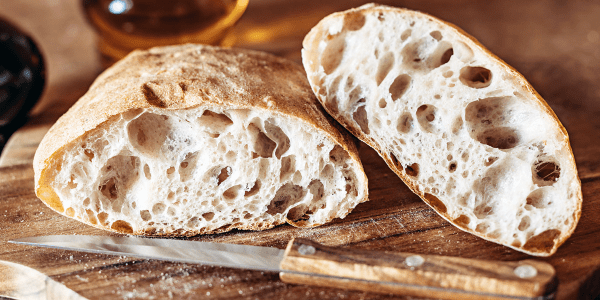
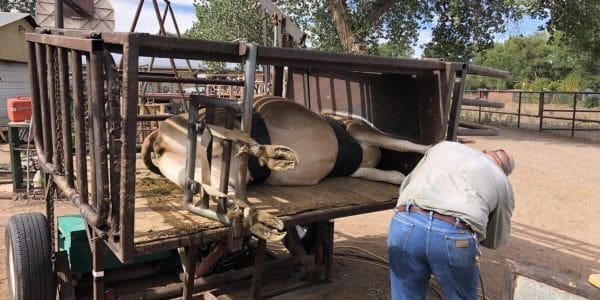
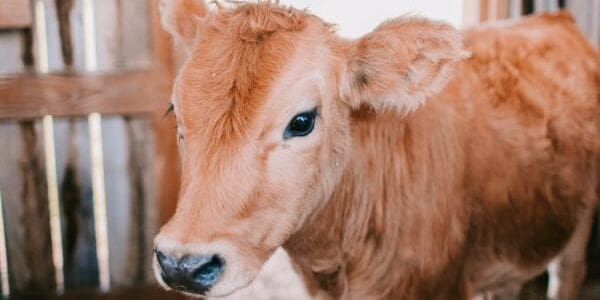
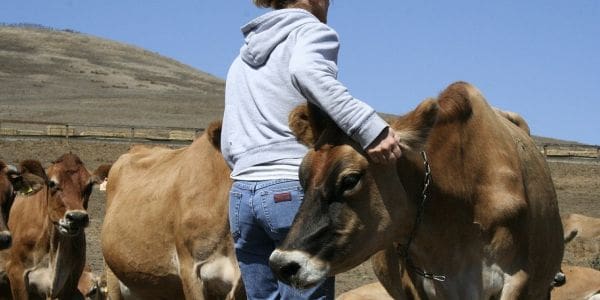
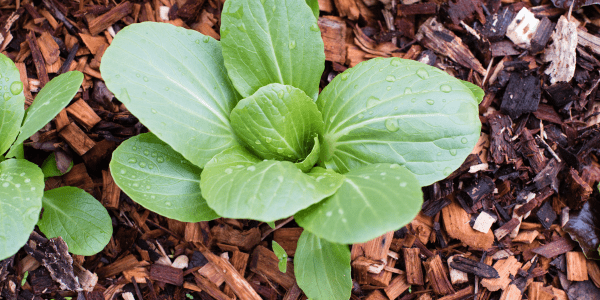
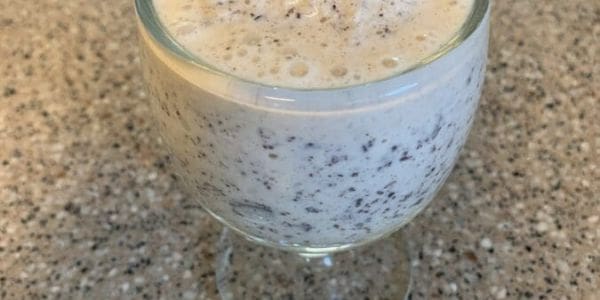
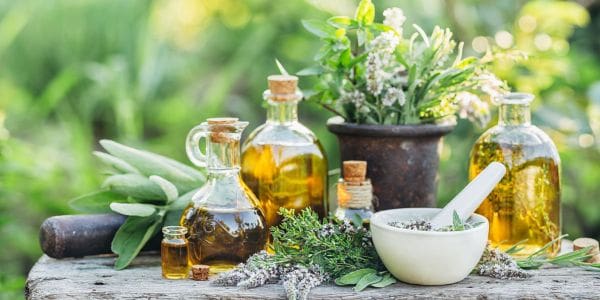

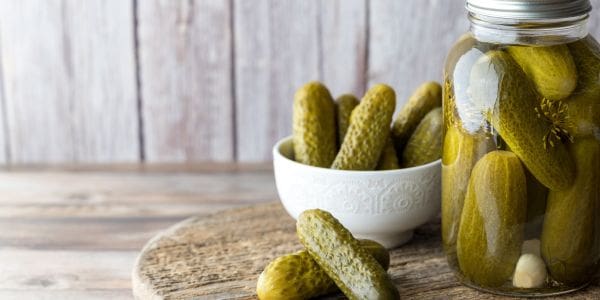
Leave a Reply